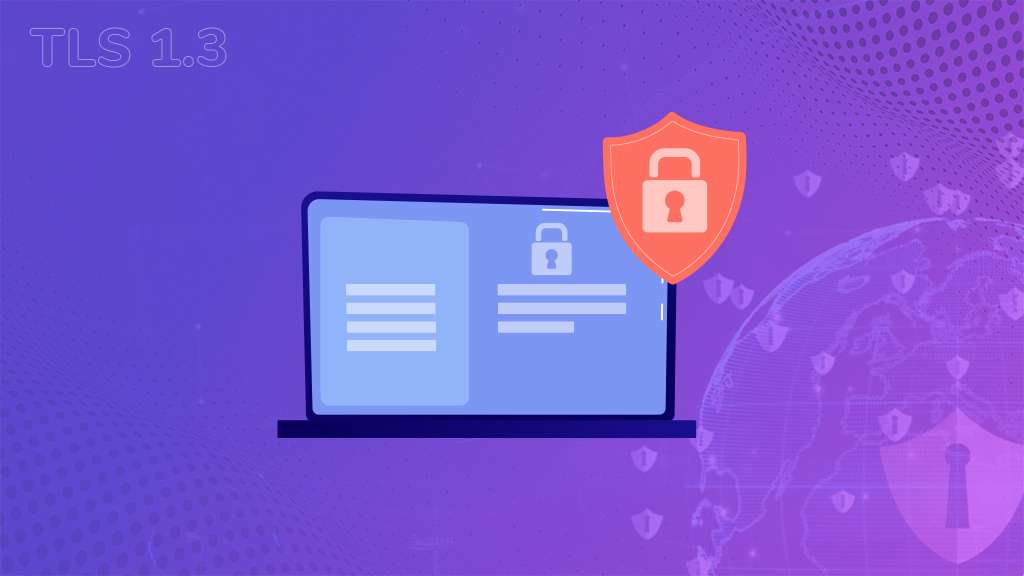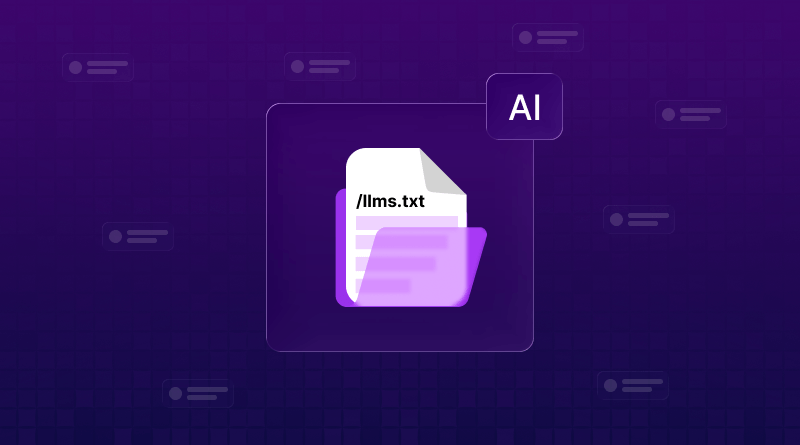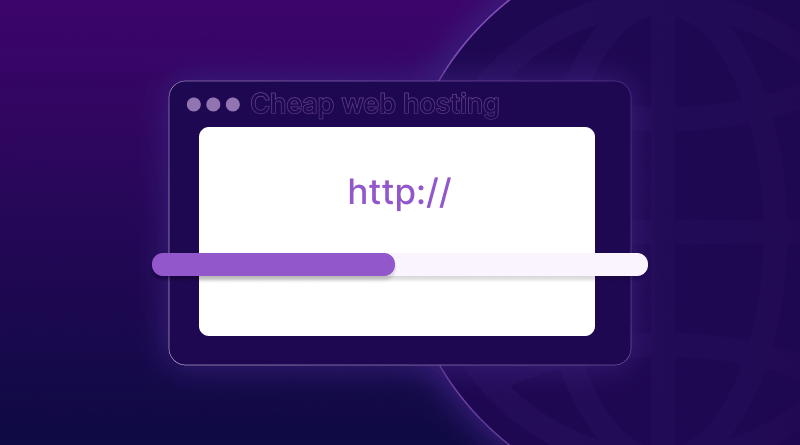
The internet has become an essential part of our lives, from online banking and shopping to social media and communication. However, with this convenience comes the ever-present risk of our data being intercepted by prying eyes. This is where Transport Layer Security (TLS 1.3) comes in.
TLS is a cryptographic protocol that ensures the privacy and integrity of data transmitted across the internet. It creates a secure tunnel between a client (your web browser, for example) and a server (the website you’re visiting). This tunnel encrypts the data being exchanged, making it unreadable to anyone who might try to intercept it.
With the constant evolution of online threats, it’s crucial to have the most robust security protocols in place. TLS 1.3, the latest and most secure version of the protocol, offers significant advancements over its predecessors.
Why TLS 1.3 Matters?
TLS 1.3 isn’t just an upgrade; it’s a significant leap forward in online security. Here’s why it matters:
1. Enhanced Security
i. Banishing the Vulnerable
TLS 1.3 eliminates outdated cryptographic algorithms that hackers have begun to exploit. It enforces the use of stronger ciphers with much larger key sizes, making brute-force attacks practically impossible. Imagine a combination lock with millions of digits instead of just a few – that’s the level of protection TLS 1.3 offers.
ii. Multiple Layers of Defense
Beyond stronger ciphers, TLS 1.3 employs more secure key exchange mechanisms. These mechanisms prevent attackers from eavesdropping on the handshake process and stealing the keys used to encrypt data. Think of it as adding an extra layer of security on top of the already strong encryption.
iii. Mitigating Man-in-the-Middle Attacks
These attacks involve a hacker intercepting communication between you and a website. TLS 1.3 makes it much harder for attackers to do this by ensuring the authenticity of both the server and the data being exchanged. It’s like verifying the identity of everyone involved in a conversation to prevent impostors.
iv. Forward Secrecy (PFS)
Even if an attacker compromises a server’s secret keys, they cannot decrypt past communication with TLS 1.3. This is because each connection uses unique session keys generated during the handshake. It’s like having a one-time pad for each conversation, ensuring even past data remains secure.
2. Improved Performance
i. Streamlined Handshake
The handshake process in older TLS versions could be slow, involving multiple exchanges between client and server. TLS 1.3 optimizes this process, often reducing it to a single round trip. This translates to faster website loading times and a more responsive user experience. Imagine getting connected in half the time – that’s the efficiency boost TLS 1.3 provides.
ii. 0-RTT Resumption (for Returning Visitors)
For websites you’ve visited before, TLS 1.3 allows for sending encrypted application data in the initial message itself. This eliminates the handshake for returning users, leading to lightning-fast connections. Think of it like remembering a friend’s face – you don’t need introductions every time you meet.
3. Beyond Security and Performance
TLS 1.3 also offers additional benefits:
i. Improved Application Identification (ALPN)
This feature helps servers communicate which protocols they support (e.g., HTTP/2), allowing clients to choose the most efficient option. It’s like having a menu of communication options, ensuring you use the best tool for the job.
ii. Faster Session Resumption
TLS 1.3 makes reconnecting to previously visited websites quicker by utilizing more efficient session resumption mechanisms. Imagine seamlessly rejoining a conversation without needing lengthy introductions.
TLS 1.3 vs. TLS 1.2
Imagine TLS (Transport Layer Security) as the secure tunnel protecting your online communication. The latest version, TLS 1.3, offers significant improvements over its predecessor, TLS 1.2. Here’s a breakdown of the key differences:
1. Security Boost
TLS 1.3 strengthens the overall security posture. It encrypts more of the handshake process, the initial negotiation between devices, and safeguards sensitive information. Additionally, it removes support for outdated and potentially vulnerable algorithms used in TLS 1.2.
2. Performance Enhancement
TLS 1.3 streamlines the handshake process, often requiring fewer exchanges between devices compared to TLS 1.2. This translates to faster connection establishment times, especially noticeable on websites that rely on secure connections.
3. Modern Cryptography
TLS 1.3 leverages the latest cryptographic algorithms, ensuring stronger protection against evolving hacking techniques. This future-proofs secure communication as technology continues to advance.
Key Features of TLS 1.3
TLS 1.3, the latest version of the Transport Layer Security protocol, offers significant advancements in both security and performance compared to its predecessors. Here are some of its key features:
1. Zero Round-Trip Time (0-RTT) Resumption
This optimization allows for the immediate transmission of encrypted application data in the initial client hello message. By leveraging pre-shared keys established during a prior secure connection, 0-RTT resumption significantly reduces latency. However, it introduces a measured security risk. If an attacker can predict the session resumption information, they could potentially decrypt the initial data exchange. For applications handling highly sensitive initial data, disabling 0-RTT might be prudent.
2. Enhanced Confidentiality
TLS 1.3 encrypts a greater portion of the handshake process compared to older versions. This includes the server’s hello message, which can sometimes contain sensitive information such as server certificates. By encrypting this data, TLS 1.3 ensures that only the intended recipient can access it, mitigating potential eavesdropping attempts.
3. Perfect Forward Secrecy (PFS)
PFS is a critical security feature that safeguards past communication even if an attacker compromises the server’s long-term secret keys. TLS 1.3 achieves this by employing modern key exchange methods that generate unique session keys for each connection, independent of the server’s long-term keys. Even if the attacker steals the server’s keys, they cannot decrypt previously captured communications due to the unique session keys used for each connection.
Additional Key Features
i. Streamlined Handshake
TLS 1.3 optimizes the handshake process, typically requiring only one round trip compared to the two round trips required in earlier versions. This reduces latency and improves overall connection establishment time.
ii. Deprecation of Insecure Algorithms
TLS 1.3 removes support for outdated and cryptographically weak algorithms and ciphers that were present in older versions. This eliminates vulnerabilities associated with these insecure mechanisms and strengthens the overall cryptographic foundation of the protocol.
iii. Improved Server-Side Security
TLS 1.3 introduces features that mitigate certain server-side vulnerabilities, such as the Padding Oracle On Downgrade (POODLE) attack. This enhances the overall security posture of TLS connections.
Who Benefits from TLS 1.3?
1. Businesses relying on Secure Communication Channels
Businesses that handle sensitive information, such as financial transactions or personal data, require robust security measures. TLS 1.3 provides a strong foundation for protecting confidential communication and ensuring regulatory compliance in many industries.
2. Individual Users
Everyone who uses the internet benefits from TLS 1.3. It safeguards your personal information when browsing websites, conducting online transactions, or accessing online accounts. By ensuring the privacy and integrity of data, TLS 1.3 empowers users to navigate the online world with greater confidence.
Why are Updates for Your Website Security important?
Transport Layer Security (TLS) stands as a critical line of defense, ensuring the confidentiality and integrity of data transmitted online. However, with the ever-evolving threat landscape, staying updated with the latest TLS versions is no longer optional, but a crucial cybersecurity best practice.
Here’s why prioritizing the latest TLS versions is imperative:
1. Enhanced Security Landscape
Older TLS versions may utilize outdated cryptographic algorithms that have become vulnerable to sophisticated attacks. By transitioning to the latest TLS versions, organizations can leverage stronger ciphers and more secure key exchange mechanisms, significantly hardening their defenses against data breaches and man-in-the-middle attacks.
2. Compliance Considerations
Many regulatory frameworks, particularly those governing sensitive data handling, mandate the use of the latest TLS versions. Failing to comply with these regulations can expose organizations to legal and reputational risks.
3. Reduced Server Processing Overhead
TLS 1.3, the latest and most secure version, features a streamlined handshake process. This translates to reduced processing burdens on servers, leading to improved performance and potentially increased capacity to handle concurrent connections.
4. Fostering Trust and User Confidence
Implementing the latest TLS versions demonstrates a proactive approach to cybersecurity and signifies a commitment to user data protection. Moreover, this builds trust and confidence among customers and partners, enhancing brand reputation.
5. Future-Proofing Communication Infrastructure
TLS 1.3 is designed for adaptability. It incorporates features easily integrated with emerging technologies like the Internet of Things (IoT) and blockchain, ensuring secure communication in an ever-changing digital world.
The Cost of Neglecting Updates
The consequences of neglecting TLS updates can be severe. Here are some potential ramifications:
1. Data Breaches and Exfiltration
Outdated TLS versions expose organizations to a higher risk of data breaches, potentially leading to the compromise of sensitive customer and financial information.
2. Regulatory Fines and Reputational Damage
Non-compliance with data protection regulations can result in hefty fines and damage an organization’s reputation.
3. Increased Vulnerability to Cyberattacks
Attackers actively exploit vulnerabilities in outdated TLS versions. By neglecting updates, organizations become easy targets for cybercriminals.

The Future of TLS
The evolution of the TLS protocol is a continuous endeavor driven by the Internet Engineering Task Force (IETF). Their tireless efforts focus on refining existing features and exploring groundbreaking advancements to stay ahead of the ever-changing security landscape. Here’s a glimpse into some potential areas of future development:
1. Post-Quantum Cryptography
Current cryptographic algorithms rely on complex mathematical problems that are computationally expensive for classical computers to crack. However, the looming threat of quantum computers poses a significant challenge. The IETF is actively researching and integrating post-quantum cryptography (PQC) solutions into TLS. These PQC algorithms will be resistant to attacks from future quantum computers, ensuring the continued viability of TLS in the quantum era.
2. Simplified Key Management
Managing encryption keys can be a complex and error-prone task for administrators. Future versions of TLS might explore mechanisms for automated key rotation, lifecycle management, and integration with existing key management infrastructure. This would significantly reduce administrative overhead and improve the overall security posture by mitigating the risks associated with manual key management.
3. Integration with Emerging Technologies
As new technologies like the Internet of Things (IoT) and blockchain gain mainstream adoption, the need for robust and scalable secure communication protocols becomes even more critical. Future iterations of TLS might be designed to seamlessly integrate with these emerging technologies. This would create a secure foundation for communication and data exchange within the evolving digital ecosystem of connected devices and distributed ledger systems.
4. Enhanced Performance Optimization
The IETF is constantly looking for ways to further optimize the TLS handshake process. This could involve advancements in key exchange mechanisms, cryptographic algorithms, and handshake message structures. The goal is to achieve even faster connection establishment times while maintaining robust security, ultimately improving user experience and network efficiency.
5. Standardization of Server-Side Features
Certain security features in TLS 1.3, such as Server Name Indication (SNI) and False Start, are not yet universally adopted by all servers. Future efforts might focus on standardizing the implementation of these features to ensure consistent security benefits across all TLS connections.
6. Evolving Forward Secrecy Mechanisms
Perfect Forward Secrecy (PFS) is a cornerstone of TLS security. However, the IETF may explore even more advanced forward secrecy mechanisms in the future. These mechanisms could potentially offer even stronger guarantees against session key compromise, further enhancing the overall security posture of TLS connections.
Conclusion
TLS 1.3 stands as a testament to the ongoing efforts to secure online communication. Its robust security features and performance enhancements make it the preferred choice for protecting data in today’s internet environment. As the digital landscape continues to evolve, staying updated with the latest TLS versions remains paramount for ensuring optimal security.















